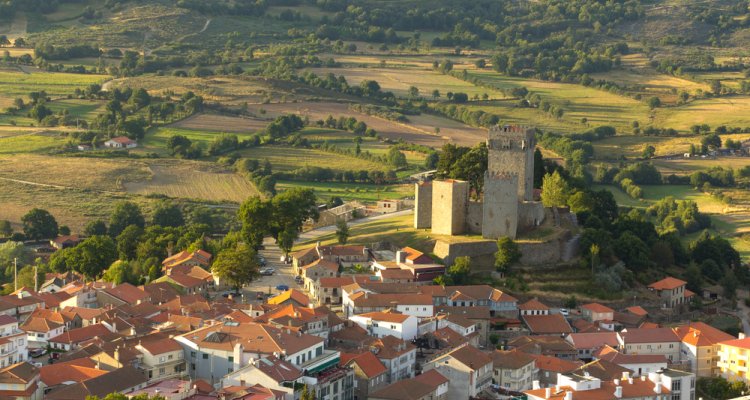
News
Discovering new tourist areas in Europe
The area near Venda Nova in the municipality of Montalegre in northern Portugal and the area near Râmnicu Vâlcea in the municipality of Vâlcea in Romania have what it takes to become the next tourist hotspots for thrill-seeking Dutch holiday-goers. This was the result of an analysis of 4,276 Dutch people who visited the website www.myplacetobe.eu since 2010. 'Very few people know about these areas,' says Alterra researcher Martin Goossen, 'but their landscapes have exactly what active Dutch tourists are looking for.'
Some 75% of these tourists prefer to take their holiday near a forest and 66% prefers the charm of small villages or towns. Dunes and beaches are also popular among tourists (54%), as is natural flora (49%) and coastal, lake and river settings (45%). These features are ideally found in mountainous areas with an elevation of 500 to 1,500 metres and with an average summer temperature of 20 to 25 degrees. In terms of landscape, these two areas have the potential to become real tourist hotspots.
The area around Sausset-les-Pins near the French city of Marseille offers the most diverse landscape for beach-seeking holiday-goers. Those looking to combine nature with a city trip should head to the Turkish city of Istanbul, where the landscape meets the requirements of the average city tripper.
Holiday activities
Half of active Dutch holidaymakers want to be able to picnic, barbecue or sit on a café terrace during their holiday. Other popular activities include shopping for local products (48%), cycling (41%) and walking (28%). Camping is also popular among Dutch tourists (27%), as are canoeing (20%), car trips (19%) and excursions (18%).
International interest
The website www.myplacetobe.eu is geared towards an international audience and is therefore in English. The translate button at the top of the page allows non-English visitors to read the website in their native language. While Dutch visitors make up the majority of the website's traffic (77%), it is also visited by people from other counties, such as Belgium (9%), the UK (2%), France (2%), Germany (2%), Spain (1%) and Canada (1%). More than 18,000 maps have been created since 2010. The success of the website www.daarmoetikzijn.nl, which helps visitors find the most beautiful places the Netherlands has to offer, was the inspiration behind this unique European version.
Targeted search at travel fairs
Those who plan on attending a travel fair can use the website to lay the groundwork. Interested holiday-goers can search for the perfect destination based on criteria like temperature, relief, landscape and holiday type. The website uses these preferences to generate a personalised map of Europe with areas that match the search criteria. The five highest-scoring areas are highlighted, but users can zoom in to discover other areas as well. The greener the colour, the better the match. These personalised results can help tourists find more targeted information about their preferred destinations during travel fairs.
In addition to helping consumers, the website also has a scientific objective. The more traffic the site receives, the more valuable data is generated about the needs and wishes of tourists. All preferences and maps are stored in an anonymous database. With the help of data mining, huge volumes of data can be transformed into valuable information that can be consulted during research on tourism, recreation and landscape experience in the Netherlands and Europe.